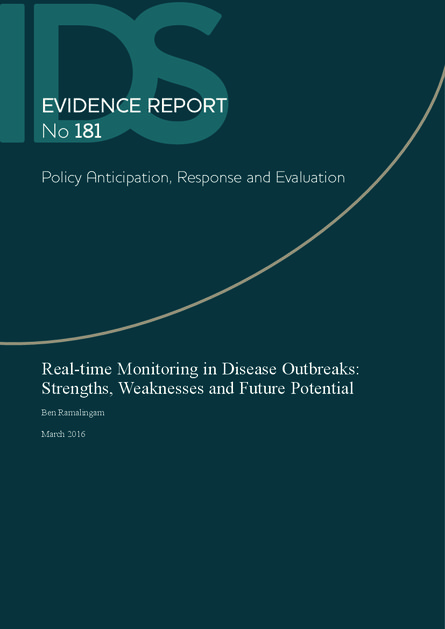
According to the World Health Organization (WHO), infectious diseases pose a major problem in many developing countries (WHO 2007). Data from the WHO’s Global Burden of Disease report show that in low-income countries, 38 per cent of all deaths and six of the top ten causes of death can be attributed to infectious diseases. In lower middle-income countries, 24 per cent of all deaths and five of the top ten causes of death were due to infectious diseases (Lozano et al. 2010). The diseases most commonly associated with developing countries include diarrhoeal diseases, acute respiratory infections, measles and malaria, epidemic meningococcal disease, tuberculosis, relapsing fever, cholera and typhus (Doherty 2013).
In recent years, epidemics of Ebola, avian influenza, severe acute respiratory syndrome (SARS) and cholera have all triggered major national and international responses (Institute of Health Metrics and Evaluation 2013). These efforts have, in different ways, highlighted the importance of global disease surveillance systems as well as their weaknesses, indicating the need for novel ways to strengthen and augment such systems (Doherty 2013).